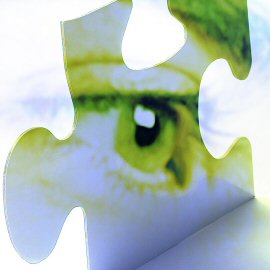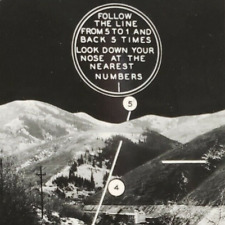
Humans and other animals are able to visually judge depth because we have two eyes and the brain compares the images from each. But we can also judge depth with only one eye, and scientists have been searching for how the brain accomplishes this feat. Now, neuroscientists at the University of Rochester have identified a small part of the brain that processes the image from a single eye, the motion of our bodies and the motion of our eyeball, to allow us to perceive depth with only one eye.
Lead researcher, Greg DeAngelis, professor in the Department of Brain and Cognitive Sciences at the University of Rochester, has published the findings in the journal Nature. “It looks as though in this area of the brain, the neurons are combining visual cues and non-visual cues to come up with a unique way to determine depth,” says DeAngelis.
He contends that in addition to two-eyed “binocular disparity,” the brain has neurons that specifically measure our motion, perspective, and how objects pass in front of or behind each other to create an approximation of the three-dimensional world in our minds.
According to DeAngelis, the neurons in the middle temporal area of the brain are combining visual information and physical movement to extract depth information. As the dragon illusion demonstrates (see below), the motion of near and far objects can be confused. But if the eye is moving while tracking the overall movement of the group of objects, it gives the middle temporal neurons enough information to grasp that the object moving fastest in the same direction must be the closest object, and the one moving slowest must be the farthest, explains DeAngelis.
Related:
Check out a video of the dragon illusion
Brain Can Rewire Itself On-The-Fly
Delusions And Mental Illness
A Penny for Your Qualia
Retina Adapts By Suppressing The Commonplace


















Comments are closed.